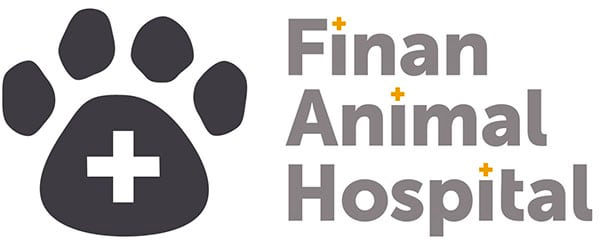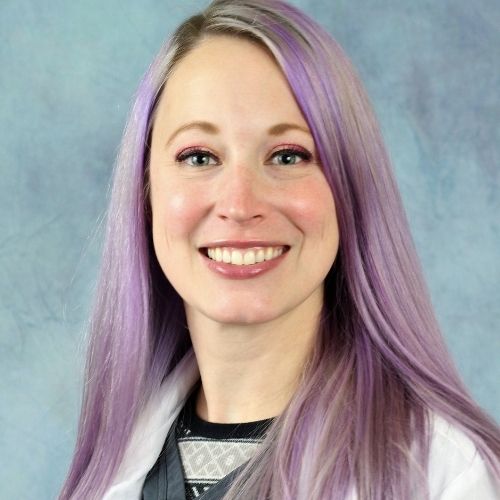Darien, IL
Finan Animal Hospital
Focused on fear-free veterinary care.
About Finan Animal Hospital
Dr. Finan and the staff at Finan Animal Hospital believe that an educated pet owner is invaluable. Our goal is to keep your pet healthy by helping you fully understand your pet’s needs. We are a paperless practice. All of our medical records are computerized which allows for easy record keeping and is more environmentally friendly.
Our Veterinary Services
We’re a full-service animal hospital. Scroll down to learn more about the care we’re able to offer your pet in a Fear Free environment.

Pet Preventative Health & Well-Being Care
We plan on being there for all stages of your pet’s life.

Pet Dentistry
Oral health is a very important part of your pet’s overall well-being.

Pet Surgery

Pet Microchipping
A microchip is a tiny device which contains unique identifying information about a pet.
Meet Our Veterinary Team
Dr. April Finan is the owner of Finan Animal Hospital. Dr. Finan is a 2005 graduate of the University of Illinois College of Veterinary Medicine. Dr. Finan spent 10 years in emergency practice before transitioning to general practice.
Dr. Amanda Testolin is originally from northern Indiana and has always had a love of animals.
Dr. Leasure graduated in 2015 from the University of Illinois.



